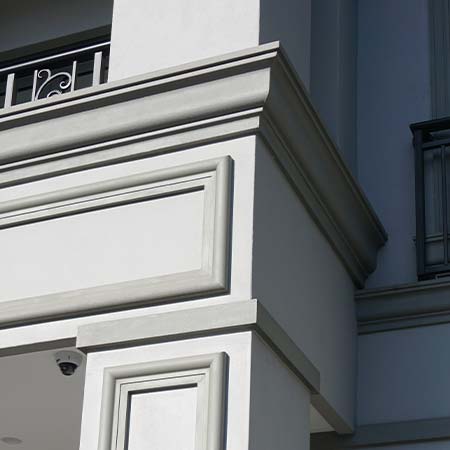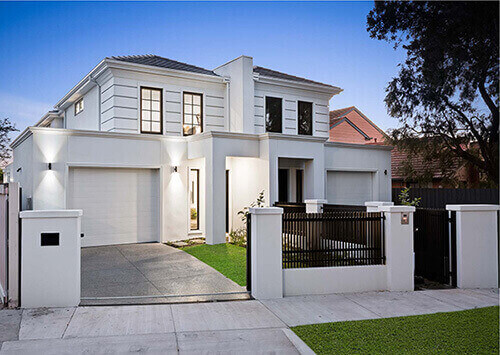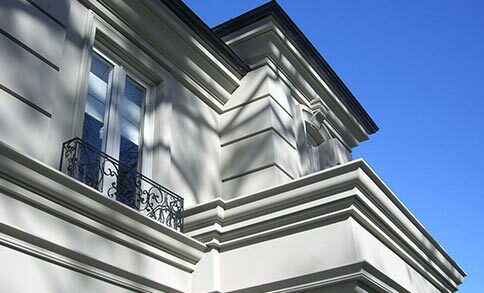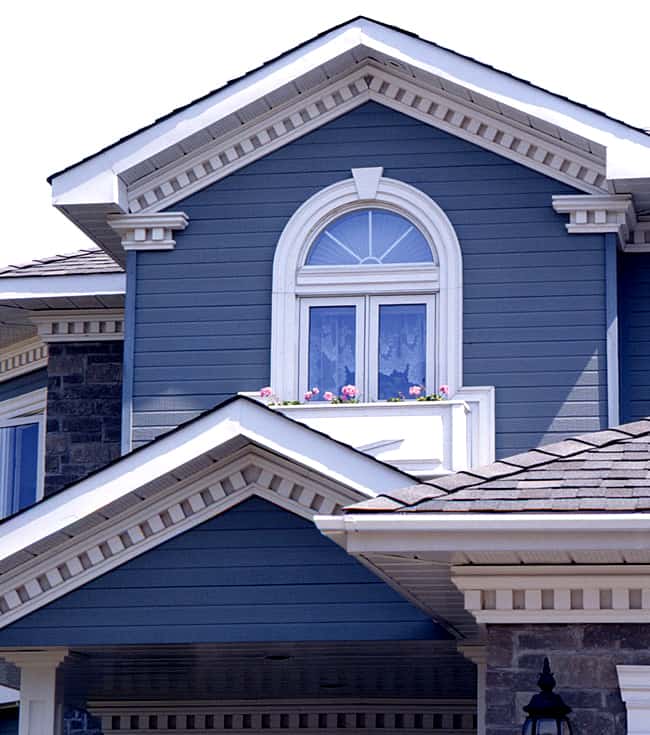When it comes to enhancing your home’s exterior, one of the most impactful yet often overlooked elements is external decorative mouldings. These architectural details can add character, charm, and sophistication to any façade. In this guide, I’ll share my personal experiences with mouldings, the various types available, and everything you need to know to incorporate them into your home effectively.
What Are External Decorative Mouldings?
External decorative mouldings are architectural features used to embellish a building’s exterior. They are often made from materials like wood, plastic, or composite materials, and can be used in various styles—from classical to modern.
Benefits of External Decorative Mouldings
Adding decorative mouldings to your home’s exterior can offer numerous benefits. Here are some of the most significant:
1. Enhance Curb Appeal
First impressions matter! A home with decorative mouldings stands out and looks more inviting.
2. Increase Property Value
Investing in mouldings can yield a good return on investment by increasing your home’s value.
3. Express Personal Style
Whether you prefer a classic look or a modern vibe, there’s a moulding style that can reflect your personality.
4. Provide Architectural Interest
Mouldings break the monotony of flat surfaces and add depth and interest to your home’s exterior.
Types of External Decorative Mouldings
Let’s delve into the different types of external decorative mouldings available, so you can find the perfect style for your home.
1. Cornices
Cornices are horizontal decorative mouldings that crown a building or structure. They can be used to add a sense of height and elegance.
2. Architraves
These mouldings frame windows and doors, providing a finished look. They can be simple or elaborate, depending on the style you prefer.

3. Caps and Bases
Caps are decorative elements placed at the top of a structure, while bases are found at the bottom. Both can help define the overall design.
4. Friezes
Friezes are horizontal bands located near the top of walls, often embellished with decorative patterns or motifs.

5. Pilasters
Pilasters are flat columns that can serve both decorative and structural purposes, adding elegance and symmetry to a façade.
6. Soffits and Fascias
These are often used under eaves or around porches. They can be both functional and aesthetically pleasing.

Materials Used in External Decorative Mouldings
The choice of material plays a crucial role in the appearance and longevity of decorative mouldings. Here’s a comparison of popular materials:
| Material | Pros | Cons |
|---|---|---|
| Wood | Classic look, easily customizable | Requires maintenance, prone to rot |
| Polyurethane | Lightweight, resistant to moisture | Can be less visually appealing than wood |
| Fiberglass | Durable, weather-resistant | More expensive |
| PVC | Low maintenance, rot-proof | Limited color options |

Choosing the Right Decorative Mouldings for Your Home
Choosing the right mouldings can significantly impact the overall aesthetic of your home. Here are some tips to help you decide:
1. Consider Your Home’s Architecture
Analyze your home’s architectural style before selecting mouldings. Traditional homes may suit more ornate mouldings, while modern designs might call for simpler styles.

2. Match with Existing Features
Ensure the mouldings complement other elements of your home, like windows and doors.
3. Factor in Maintenance
Different materials have different maintenance needs. Choose a material that aligns with the amount of upkeep you’re willing to commit to.

Installation of External Decorative Mouldings
Installing decorative mouldings can be a DIY project or a job for professionals. Here’s a breakdown of the process:
1. Measure Accurately
Before purchasing, take precise measurements where the mouldings will be installed.

2. Prepare the Surface
Ensure the surface is clean and primed, especially if you’re using paintable materials.
3. Cut and Fit
Carefully cut the moulding to fit the designated area, ensuring tight joints. Use a miter saw for clean edges.
4. Secure the Mouldings
Use adhesive or nails to secure the mouldings in place. Make sure to follow the manufacturer’s instructions for the best results.
5. Finish It Up
Sand any rough edges and apply paint or stains as needed for a polished look.
Common Mistakes to Avoid
Here are some common pitfalls to avoid when working with external decorative mouldings:
1. Underestimating Size
Selecting mouldings that are too small can make your home look unbalanced.
2. Ignoring Material Properties
Not considering the weather in your area can lead to premature degradation of certain materials.
3. Skipping the Primer
Always prime your mouldings before painting for better adhesion and a longer-lasting finish.
Maintaining External Decorative Mouldings
Regular maintenance is essential to ensure the longevity of your decorative mouldings. Here are some tips:
1. Regular Cleaning
Use a gentle cleaning solution to remove dirt and grime without damaging the finish.
2. Inspect for Damage
Regularly check for any signs of wear, rotting, or cracking, and address them promptly.
3. Repaint as Needed
Depending on the material, repainting every few years can help maintain their beauty and integrity.
FAQs about External Decorative Mouldings
What are the best materials for external mouldings?
The best material depends on your climate and personal preference. Wood is classic, while PVC and fiberglass offer durability.
How do I choose the right style of moulding?
Consider your home’s architectural style and existing features to select a complementary moulding style.
Can I install mouldings myself?
Yes, if you’re comfortable with basic tools and measurement, it can be a rewarding DIY project.
How do I maintain external decorative mouldings?
Regular cleaning, inspection for damage, and repainting as necessary are key maintenance tasks.
Do external mouldings increase home value?
Yes, well-installed and maintained mouldings can enhance your home’s curb appeal and potentially increase its market value.
Conclusion
External decorative mouldings are an incredible way to elevate the exterior of your home. With the right materials, styles, and proper installation, you can enrich your home’s character while increasing its value. As someone who has gone through the process, I can attest to the transformation that mouldings can bring. I hope this guide helps you on your journey to revamping your home’s exterior!